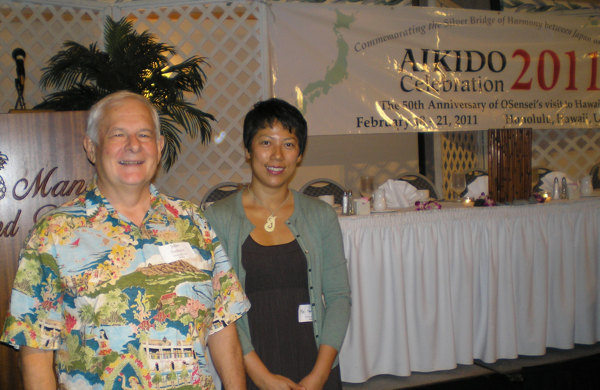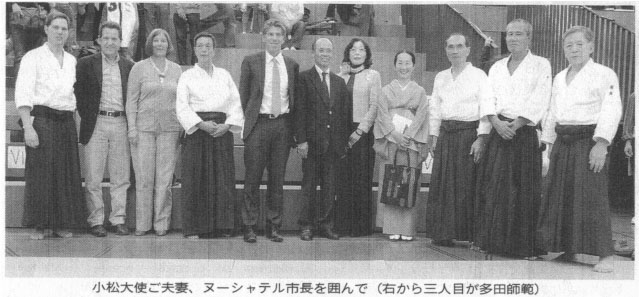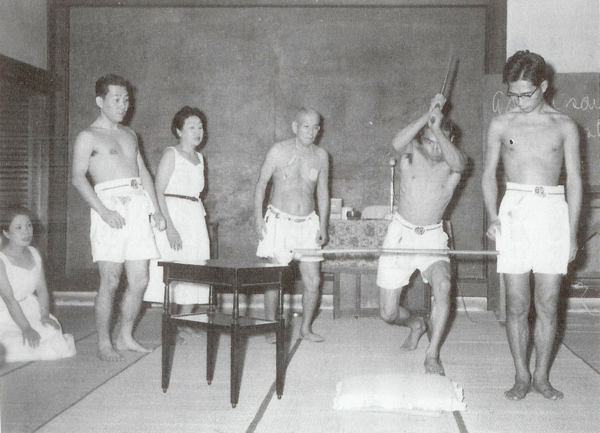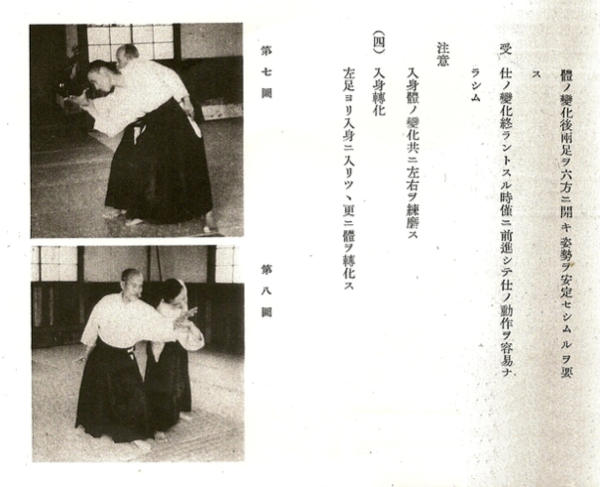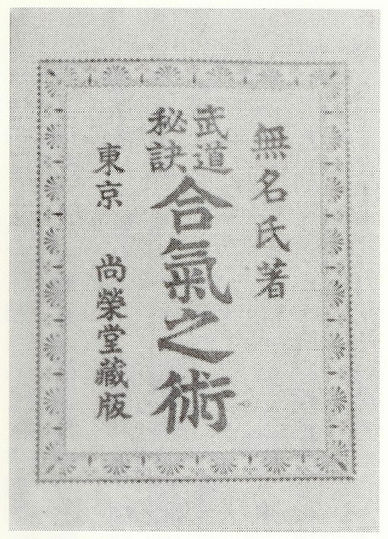
Omslag van ‘Budo Hiketsu Aiki no Jutsu’ (‘Geheime Methodes van Budo Aiki no Jutsu’)
Gepubliceerd in Meiji Jaar 33 (1900)
*This is a Dutch translation of the article “Aikido without Peace or Harmony – Dude, where did the love go?“, courtesy of Ernesto Lemke of Seikokan Aikido.
Gozer, waar is de liefde heen?
Aikido staat vaak bekend als ‘Vredeskunst’ of ‘De Weg van Harmonie’. Soms wordt het omschreven als ‘De Weg van Harmoniseren van Ki.’
‘Do’ staat uiteraard voor ‘De Weg’, en het woord ‘Ki’ is inmiddels zo bekend dat het waarschijnlijk wel zo, onvertaald, kan blijven staan.
Dan hebben we nog ‘Ai’ – wat noch vrede noch harmonie betekent. (more…)

![Aikido zonder Vrede of Harmonie [Dutch Version]](https://www.aikidosangenkai.org/blog/wp-content/media/budo-hiketsu-aiki-jujutsu.jpeg)
![Morihei Ueshiba, Budo en Kamae deel 2 [Dutch Version]](https://www.aikidosangenkai.org/blog/wp-content/media/john-stevens-aikido-hawaii.jpg)
